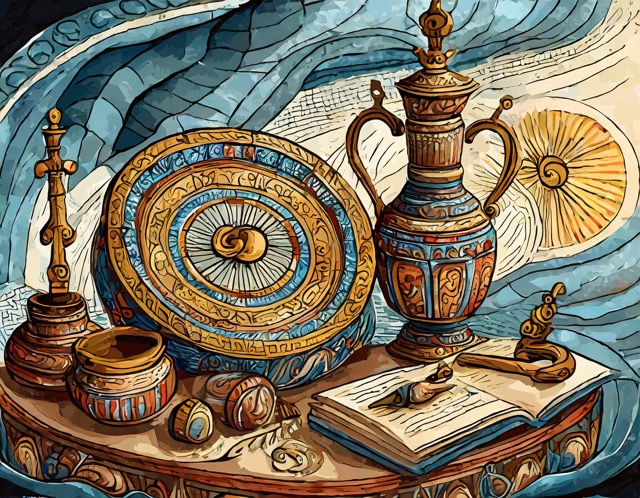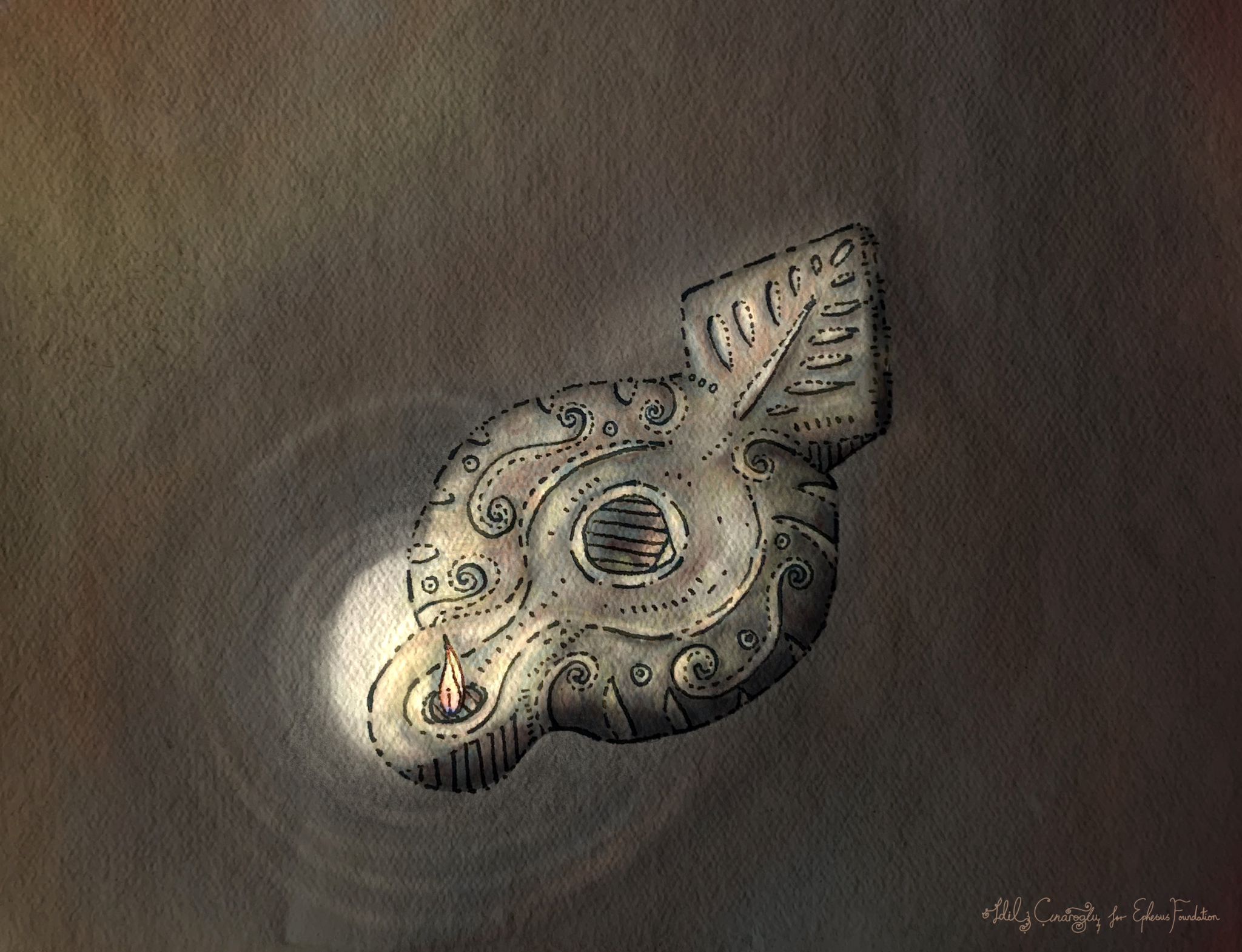- Home
- Craft
Craft

Craft
Sculpture played a central role in the artistic and cultural life of the ancient city of Ephesus. Spanning from the Hellenistic period to the late Roman Empire, the sculptures produced in Ephesus are significant works of art that reflect technical mastery, aesthetic sensibilities, and the societal values of their time. During these periods, sculpture in Ephesus stood out with its detailed and expressive depictions of gods and goddesses, prominent figures, animal motifs, and mythological scenes.
Techniques and Materials:
Sculptors in Ephesus predominantly worked with marble, although materials such as bronze were also used. Marble was considered an ideal medium due to its ease of carving and suitability for intricate details.
Themes and Functions:
The themes of sculptures in Ephesus covered a wide spectrum. Religious themes included depictions of gods and goddesses, as well as sacred figures used in rituals and ceremonies. Ephesus is particularly renowned for the Temple of Artemis, and the statues of Artemis found in the temple reflect the religious beliefs and artistic expression of the period.
Additionally, statues of mythological heroes, philosophers, and prominent individuals who contributed to Ephesus were displayed in various parts of the city, showcasing its rich cultural and historical heritage.

Style and Expression:
Sculpture in Ephesus carried the influences of the Hellenistic period while gradually incorporating the stylistic features of the Roman era. Hellenistic sculptures were characterized by their pursuit of emotional expression, movement, and realism in detail, whereas Roman works focused more on idealized forms and portraits. The sculptures found in Ephesus display a rich expressive quality, evident in features such as facial expressions, muscle structures, the folds of garments, and the intricate details of hair.
Significant Examples:
The Ephesus Museum and other cultural institutions showcase sculptures unearthed from the ancient city, revealing the richness of Ephesus’s sculptural art. These include statues of Artemis, portraits of Emperor Hadrian and other Roman emperors, mythological figures, and animal motifs. These works reflect the technical skill and aesthetic diversity of sculpture in Ephesus.
Craftsmanship and Artisanal Industries:
Ephesus was also renowned for its craftsmanship and artisanal industries. Local artisans produced goods such as textiles and ceramics, demonstrating their skill and expertise. Ephesus ceramics, in particular, were highly sought after for their intricate designs and exceptional craftsmanship.
